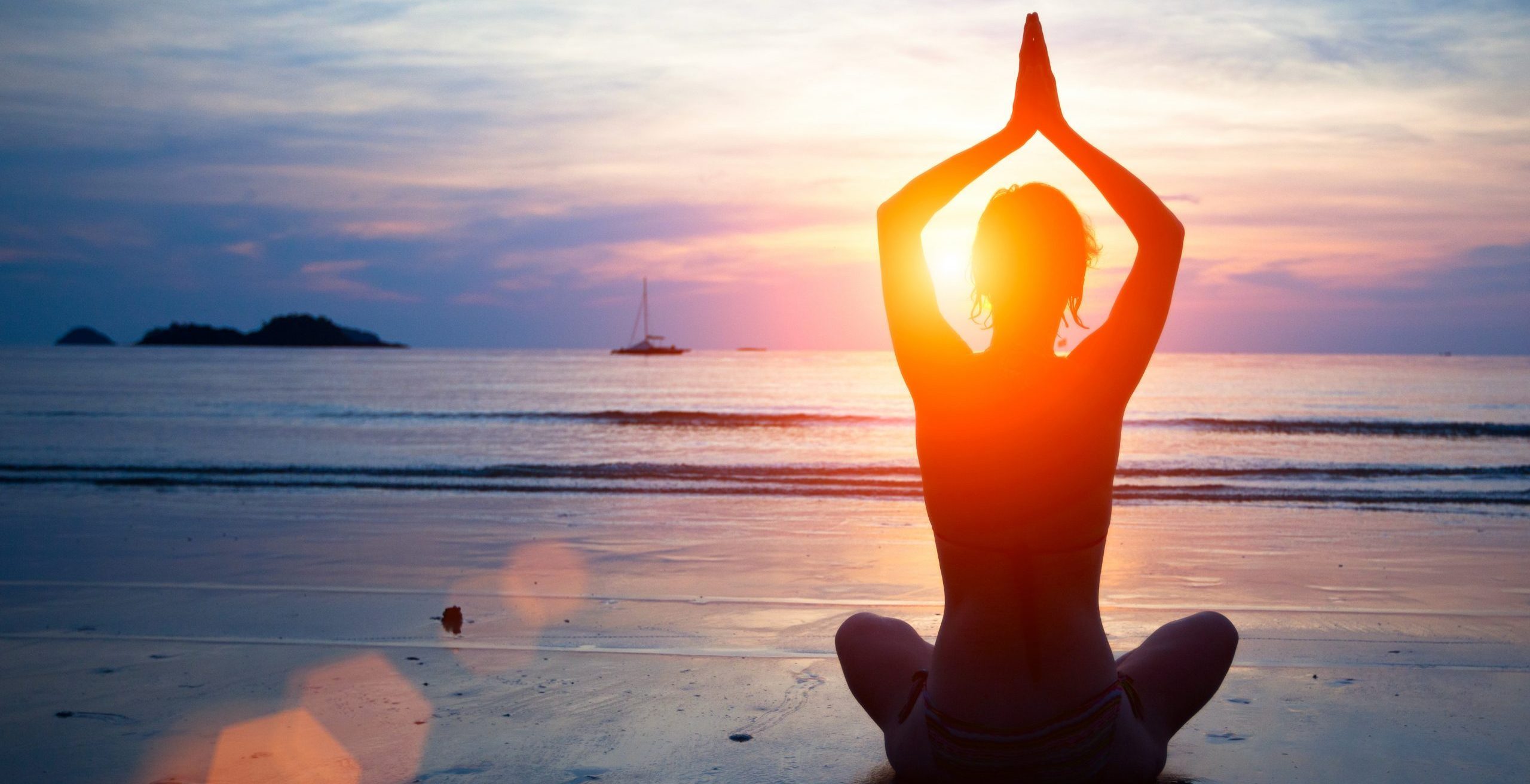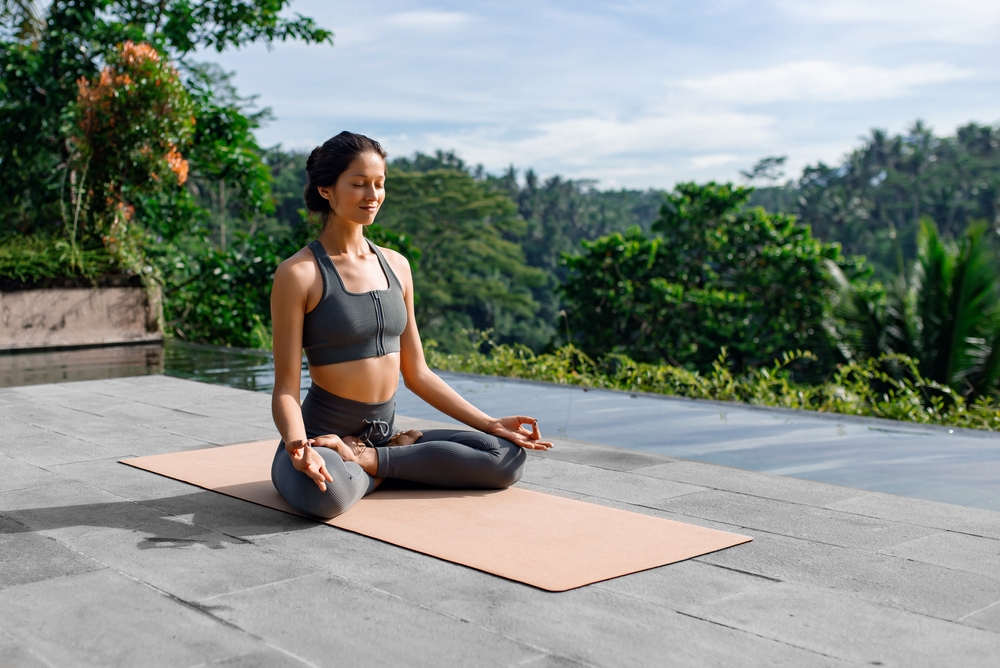DISCLAIMER: Always consult with a healthcare professional before starting any new routines, programs, or nutrition plans to ensure you receive the best medical advice and strategy for your specific individual needs.
Yoga is in vogue today and there are plenty of reasons why. In today’s busy and hectic world that we live in, people have time for everything, from work commitments to household responsibilities but not for themselves. It is becoming harder and harder to find time to get some exercise, relax, and focus on self-care. And here, precisely, lies the purpose of yoga practice, teaching us to be more mindful and present and more connected to ourselves, at least for a while.
The enthusiasm for a balanced and healthy lifestyle and meeting one’s personal needs are high and practicing yoga offers a way into achieving those goals. The practice is so popular, and accessible (a wide variety of YouTube videos, DVDs, books, studio classes, podcasts, and apps are available), that people have ample opportunity to give yoga a go.
Yet, with so much information out there, there is always a risk it could be misinterpreted. Some people associate yoga with challenging poses and contortions while others think of it in terms of fitness and weight loss. Still, others associate yoga with religion, sages and hermits, and new-age mysticism.
So, what is yoga really about, how did it originate and change through the centuries, and what are the different styles you might experience today? Here are the answers to get you started with a mind-body practice that can support your emotional, cognitive, spiritual, and physical health.
What Is Yoga
Yoga is a Hindu mind-body practice, which combines a variety of activities, including meditation, breathing techniques, and physical postures. Postures or asanas are performed to strengthen and stretch the body’s muscles, ligaments, and joints. The regular practice aims to improve balance, strength, flexibility, range of motion, and mobility.
While yoga poses range from simple backbends and stretch to more complex balancing postures, they are always performed in sync with breath control. Deep, conscious, controlled breathing which matches the rhythm of exercise is at the heart of yoga practice. Deep breathing calms the body, soothes the nervous system, improves blood circulation and blood flow, and supports the function of vital organs.
Focusing on each aspect of breathing also enables yogis to stay present, at the moment, and aware of the here and now. As such, conscious breathing is a form of meditation. And at the core of meditation is present moment awareness – stillness in thought that heightens our connection to sensations, sounds, and sights, enabling us to observe here and now.
Combining physical postures, conscious breathing, and meditation, yoga brings physical wellness and mental clarity. The body responds favorably and with regularity, the practice results in muscle toning, lower blood sugar, balanced insulin levels, improved spinal health, increased blood flow, lubricated joints, increased lung capacity, and regulated blood pressure.
The bonus of conscious breathing and meditation leaves the mind feeling peaceful, deeply relaxed, and more centered in the present moment, letting go of the future and past.
The Remarkable History of Yoga
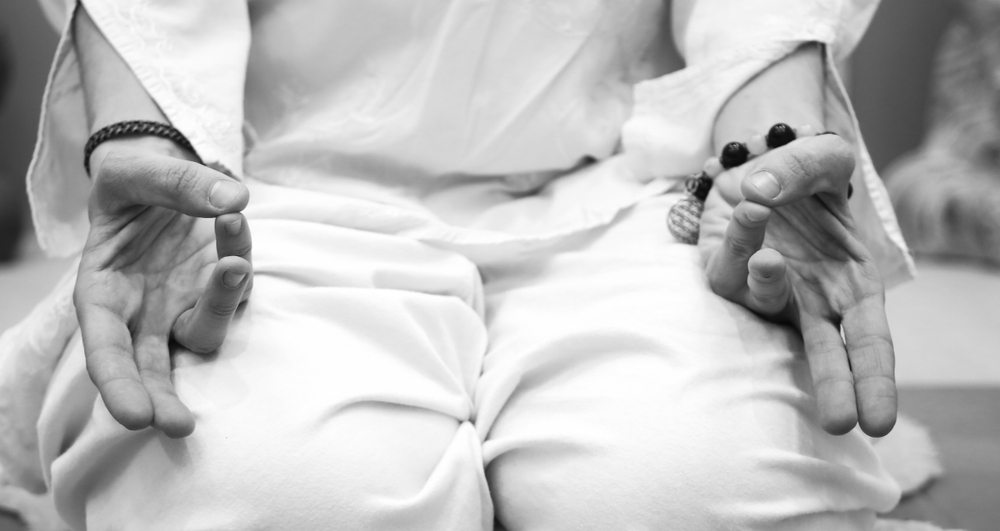
Before moving on to explore the different types of yoga, here is how it evolved to be what it is today, from the early oral tradition to the diverse styles of yoga that we now have.
The history of yoga dates back to 2,500 BC and its origins can be traced to Northern India and the Indus Valley civilization. The first mentions of the word yoga are found in the Vedic scriptures – religious texts with rituals, mantras, and songs used by the Brahman priests.
While the original practice involved diverse and often contradictory techniques and beliefs, the Yoga Sutras of Patanjali, written by Sage Patanjali around 400 CE, outlined the key elements of yoga philosophy and practice, systematizing them into sutras or aphorisms.
It was only in the late 1800s that yoga teachers began to travel to America and Europe to share their teachings. Yoga and meditation exploded in popularity in the U.S. in the 1960s and since then it has become a way of life for millions of people.
Today, there are many different types of yoga, from more relaxed and gentle to fast-paced and more physically demanding.
Types of Yoga: How to Choose the One for Yourself
If you’ve been considering starting your yoga journey you must be wondering which style of yoga to choose. Here’s a little breakdown of each of the most popular styles.
Hatha Yoga
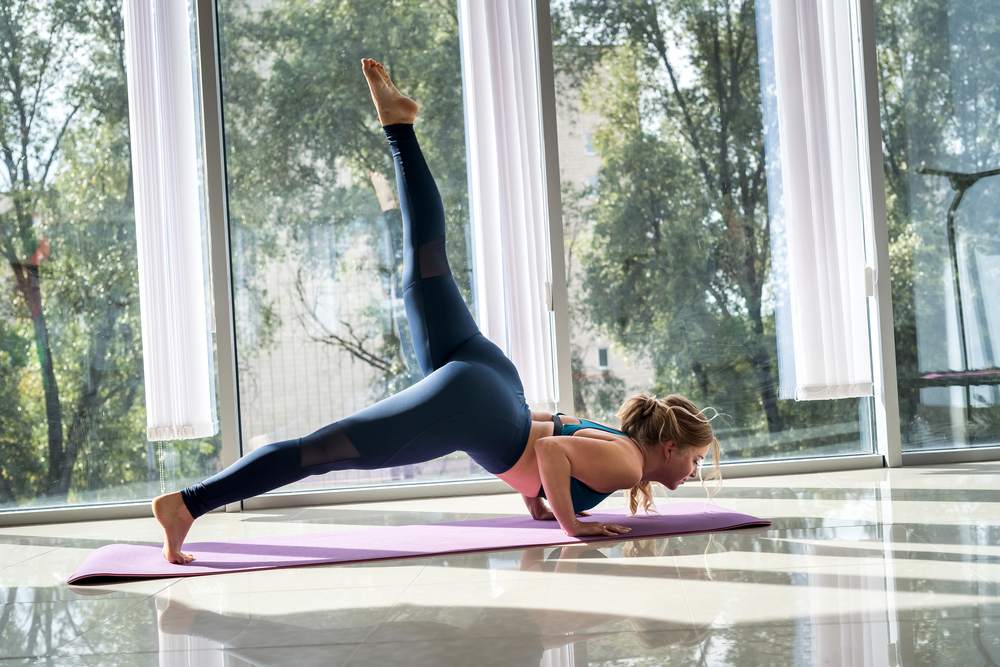
Hatha yoga focuses on practicing asanas or physical postures and syncing them up with breath control. The focus is on proper alignment and doing each pose correctly, holding asanas for at least one minute. In comparison to slow-paced Hatha, yoga styles like Ashtanga are more dynamic, and poses are held just briefly.
Ashtanga Yoga
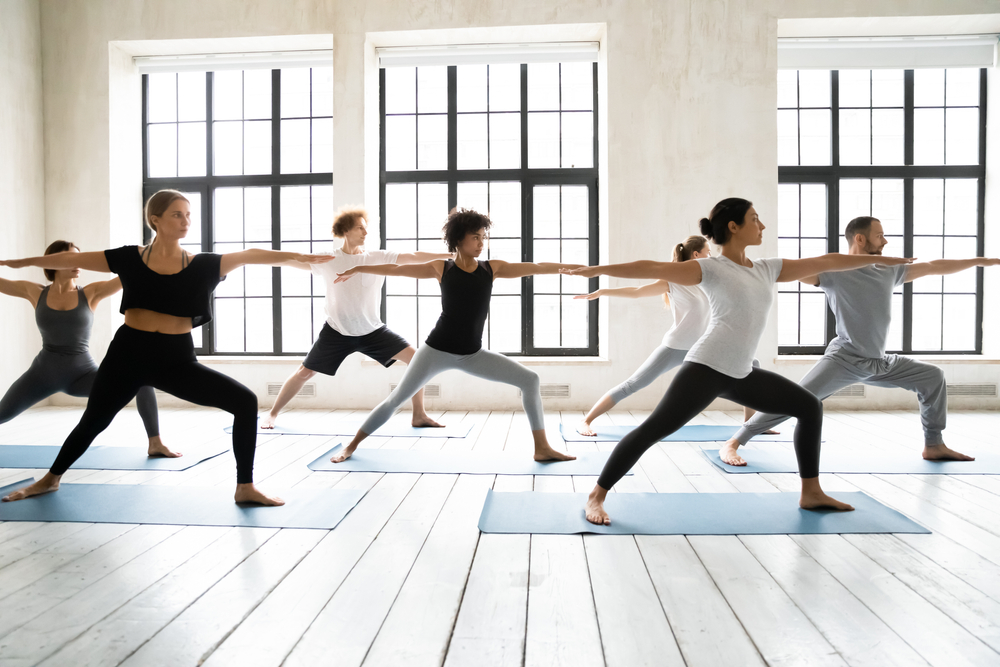
Ashtanga is more rigorous, structured, and routine based than Hatha and Vinyasa which are more flexible and freestyle. The same poses are performed in the same order each time, with mantra chanting at the beginning and end of a yoga practice. Combining inverted postures, core strengthening, and deep stretches, Ashtanga is also more physically demanding and requires a level of endurance, flexibility, and physical strength.
Vinyasa Yoga
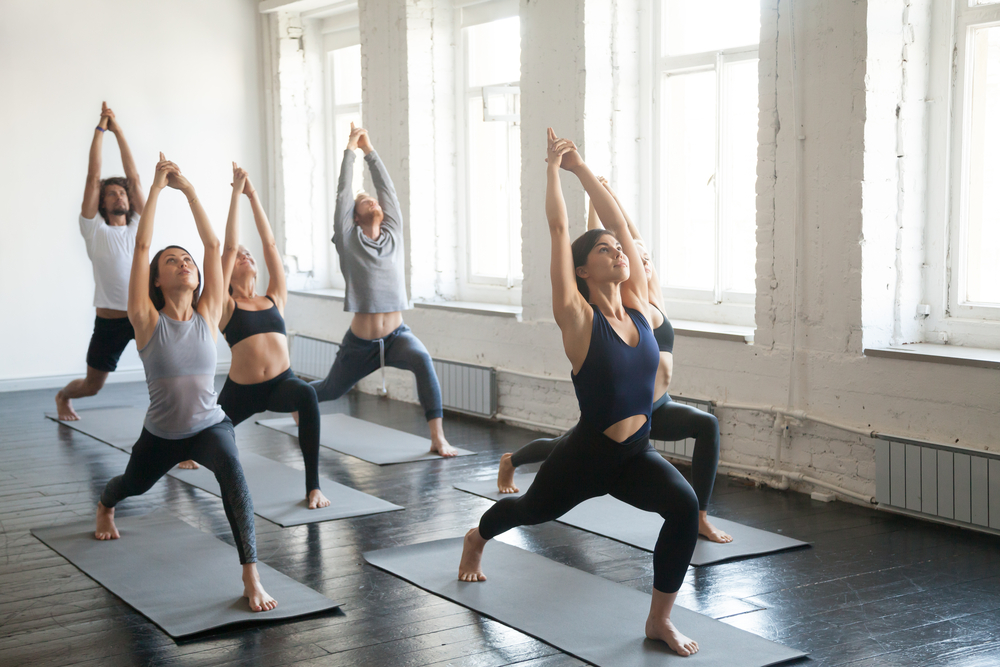
Vinyasa is also more strict, fast-paced, and physically challenging than Hatha, with poses flowing from one to the other. Breath and transitions, which are essentially postures themselves, connect one pose to the next.
While Vinyasa is less structured than Ashtanga, the Sun Salutation sequence is at the core of the practice, moving from Downward Facing Dog to Plank to Four-Limbed Staff Pose to Upward Facing Dog. Yoga beginners may find the Sun Salutation physically demanding at first, but Sun Salutation has its place in the practice as it warms up the muscles and prepare them for more challenging postures.
Kundalini Yoga
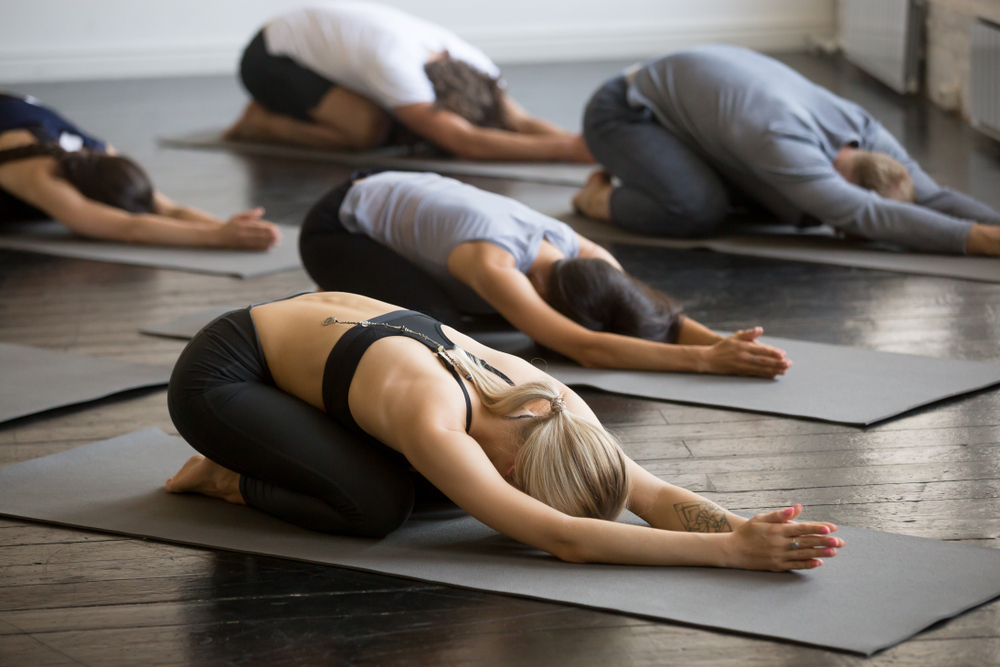
Kundalini yoga involves a combination of postures, breathing exercises, singing, and chanting. Unlike Hatha yoga where the main focus is on asanas or physical postures, meditation, mantras, and breathing are at the heart of the Kundalini practice. Yoga students practice different types of breathing such as Dog Breath, alternate nostril breathing, and Breath of Fire.
Kundalini yoga also incorporates a number of mantras to set the energetic vibration for the practice. In essence, while other styles of yoga are more physical, Kundalini places a strong emphasis on mudras /symbolic gestures/, kryas /breath control techniques/, bandhas /energy flow locks/, meditation, and mantras.
Iyengar Yoga
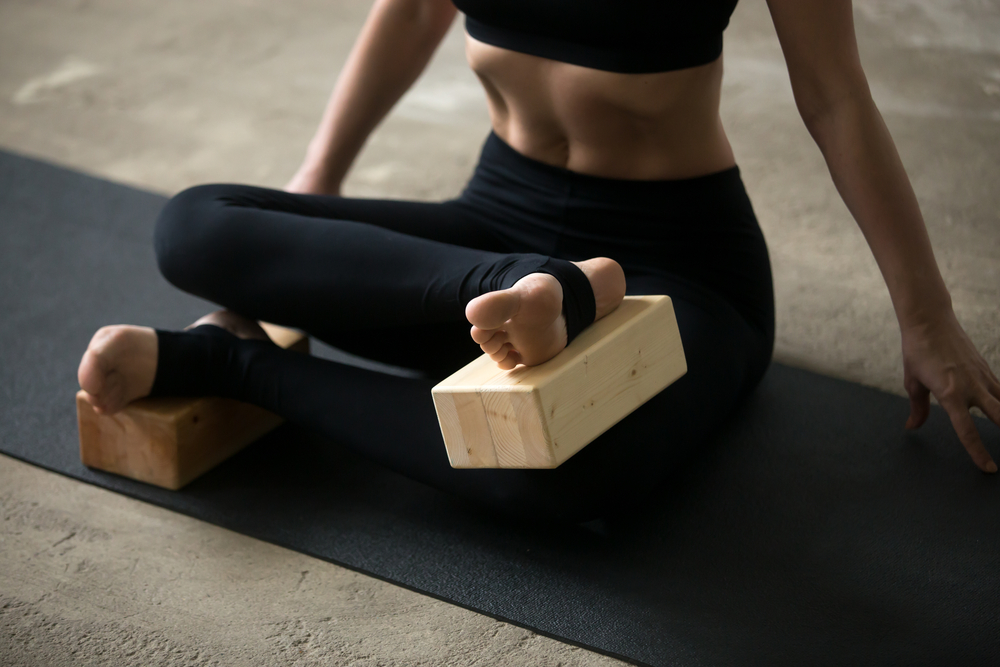
One of the newest styles of yoga – Iyengar was developed by yoga master B.K.S. Iyengar yoga about 75 years ago. Here the main focus is on sequencing, alignment, precision, and the use of props like pillow-like bolsters, blocks, and belts. It is also common to see chairs, straps, and blankets in yoga studios, helping practitioners to get into poses with the best possible alignment.
Anusara yoga, which is a version of Iyengar, also emphasizes correct alignment but is more fluid and integrates spiritual techniques into every practice. Classes start with the Anusara invocation to enable practitioners to connect physical postures with feelings of devotion, grace, love, and self-honor.
Aerial Yoga
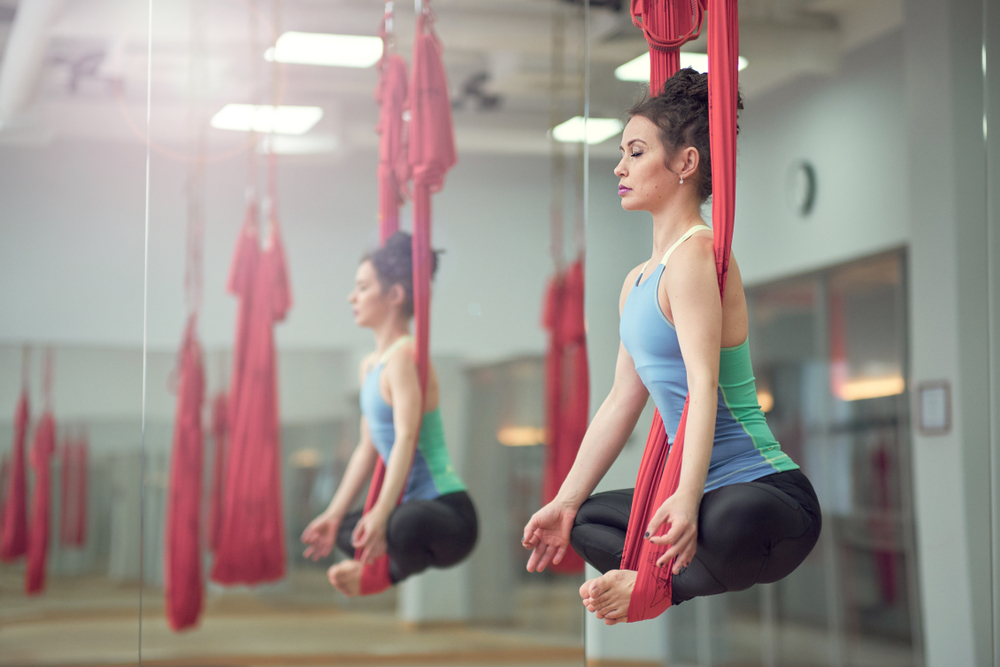
Also called suspension and anti-gravity yoga, this style combines Pilates, asanas, and the use of a swing or hammock. Students practice some of the yoga postures found in Hatha, Iyengar, and Vinyasa yoga while floating above the ground.
As asanas are performed in a hammock, this allows practitioners to do yoga poses without adding pressure on their spine, shoulders, and neck. While it might look a bit technical at a first glance, Aerial yoga is suitable for everyone who is fit and has good core muscles.
Wrapping Up
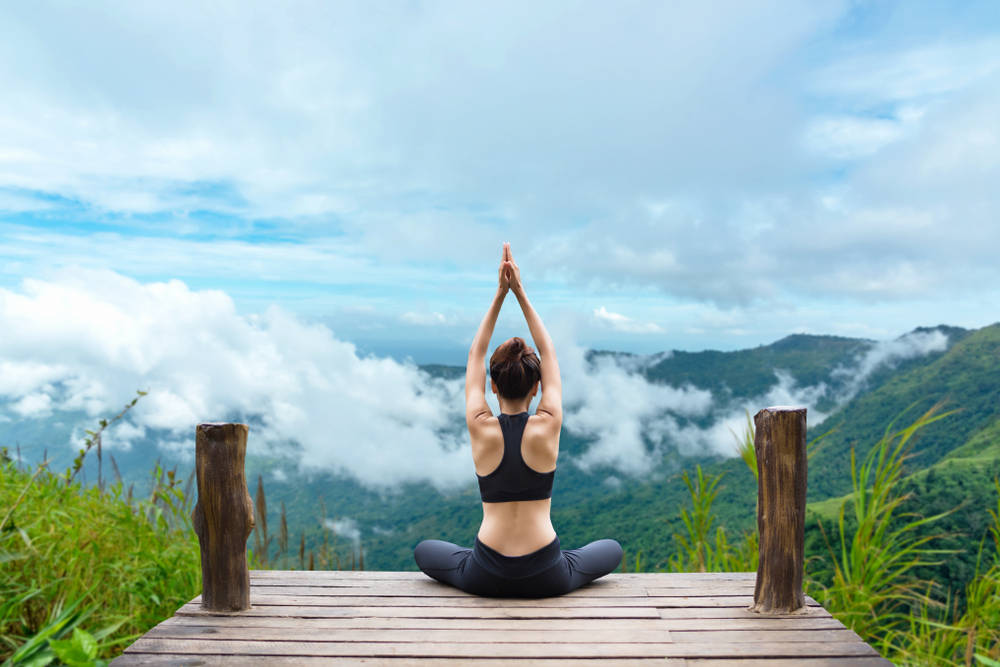
Yoga is a body of knowledge, mind and body practice, and a process of self-discovery through meditation, observation, and exploration. Owing to its thousands of years of history, it has evolved as a practice with a variety of techniques and styles.
From more traditional like Hatha and Ashtanga to newer ones like Iyengar and Aerial yoga, some practices are gentle and restorative while others are more demanding and physically challenging. For beginning practitioners, some of the vital questions when it comes to yoga are whether the newfound style matches their goals, personality, and fitness level. And most importantly, whether it feels right.
Choose the one style that best serves your goals, and practice with care and mindfulness.
DISCLAIMER: Always consult with a healthcare professional before starting any new routines, programs, or nutrition plans to ensure you receive the best medical advice and strategy for your specific individual needs.


 By Team THOR
By Team THOR